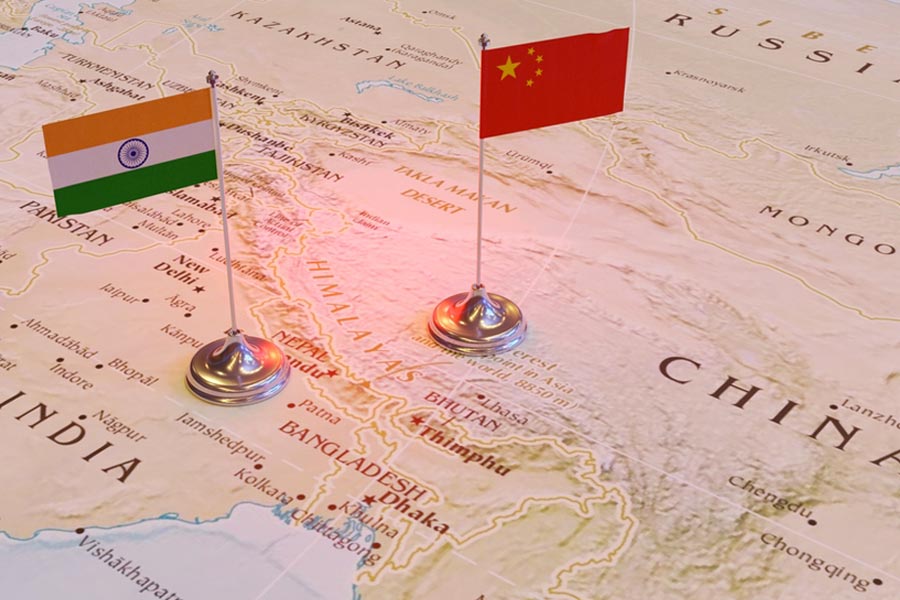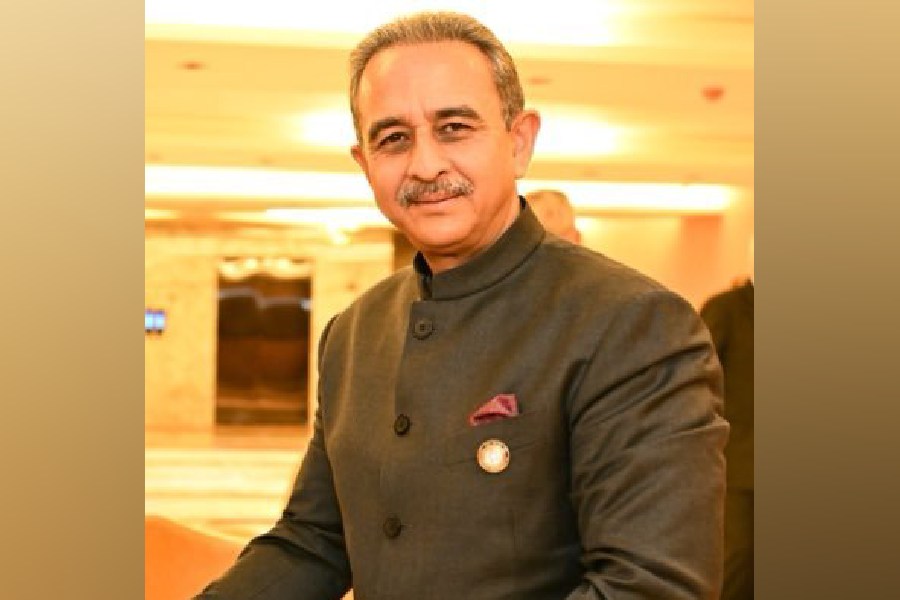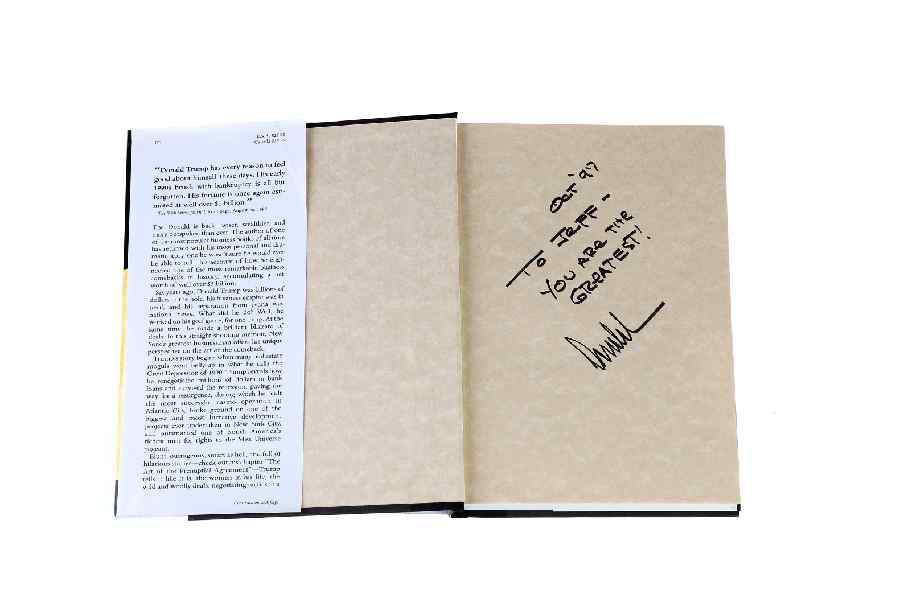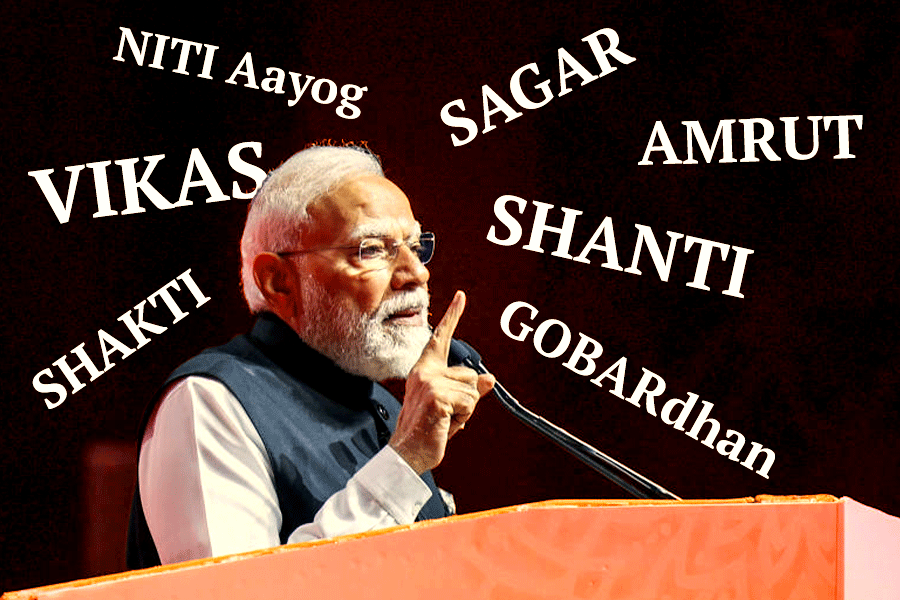A dance between the dragon and the elephant — that is how China’s foreign minister, Wang Yi, recently described what, in his view, New Delhi-Beijing ties ought to look like. That bout of optimism comes amid efforts by India and China to resurrect their relationship after years of heightened tensions at a time when the world appears to be more unpredictable and chaotic than it has been in decades. Mr Wang referred to the meeting in Russia last October between Prime Minister Narendra Modi and the Chinese president, Xi Jinping, which set the stage for the rapprochement that the neighbours are working on. Indeed, in the past few months, they have both pulled back troops from hotspots along their disputed Himalayan border where they had been positioned for more than four years after a deadly clash in which at least 20 Indian soldiers and four Chinese army men were killed. The countries have discussed the resumption of flights and the Kailash Mansarovar pilgrimage among other measures aimed at building confidence in each other.
But the need for the two countries to cooperate has become even more acute with the election of Donald Trump as president of the United States of America. Mr Trump’s trade and tariff policies have already sparked a meltdown in global markets, including those in India and China. He has imposed 20% tariffs on China and, from April 2, is poised to put heavy tariffs on Indian exports to the US. He and his team have frequently spoken about India’s high tariff rates on American bourbon and automobiles. So far, China and India have tried to deal with Mr Trump on their own. China has imposed reciprocal tariffs on US imports and tightened restrictions on the export of critical minerals to the US. New Delhi, in the meantime, has lowered tariff rates on some goods and has tried to use diplomacy to convince Mr Trump to exempt India from his whims.
While it is understandable and important for India and China to each forge its own relations with Mr Trump’s administration, it is vital for both nations to recognise that if they allow the US to play different countries off each other, they would all lose. India, which counts the US and China as its biggest trading partners, must instead seek to strengthen ties with Beijing while insisting that its bigger neighbour do more to fix the imbalance in their trade. China must set aside its dreams of a grand understanding with Mr Trump and recognise that it needs the goodwill of its neighbours if it
is to emerge from this period as a pillar of stability others can turn to. This
will not be easy: the distrust between India and China runs deep. Security and the economy are likely to emerge as prickly issues in any attempt at reconciliation. Still, they need to find ways, step by step, to expand their partnership and shrink their differences. A slow, cautious dance will do for a beginning.










